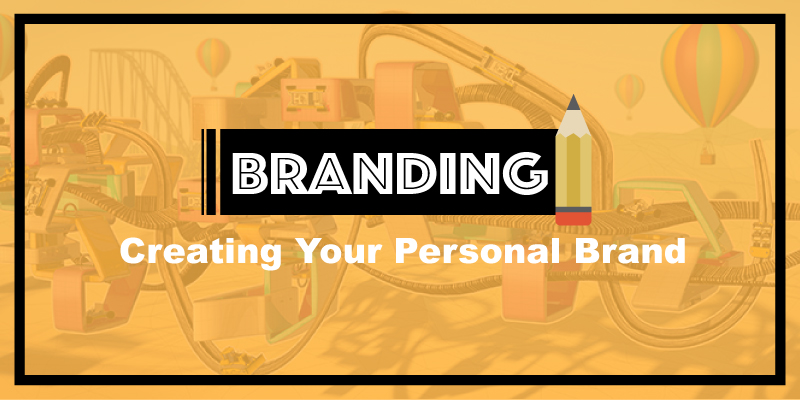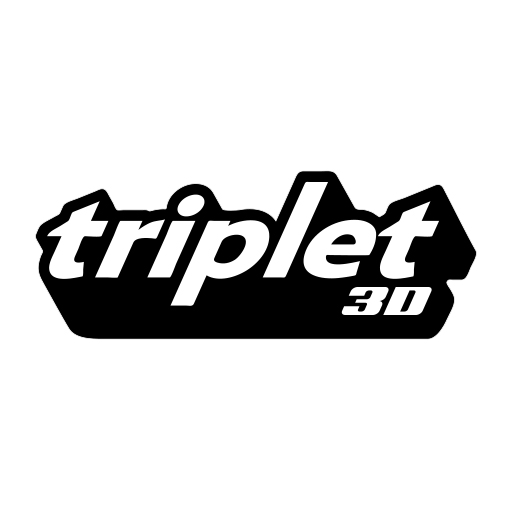
Creating Your Personal Brand
As a designer, or other creative professional, developing a brand for yourself is so important, whether you are a freelancer or just looking for full-time work. This is a great way to build up your value and show off, and is your most important, on-going project. Your brand is what differentiates you from the competition. Having a well thought branding for yourself will show a potential employer or client that you put a lot of work into presenting yourself in the best way, and that you are able to do the same for them. Use this as a way to show off your personal style, creativity, and of course what you can do.
Think about who your target audience is. Who are you selling yourself to? If you are looking for a job, you are selling yourself to an employer. Or if you are a freelancer, you’re selling yourself to potential clients.
Style Guide
Develop a Style Guide for your brand. You’ll want to create a logo for yourself, a color palette and a font palette. Carry this throughout all of your promotional materials, including your resume, business card, portfolio, website, promo pieces, and whatever other branding materials you use.
Logos
Create a logo for yourself. This is a visual interpretation of you, your style, your personality, and your skills and is your first step toward building your professional brand. This is a great start for showing off what your good at and will communicate what kind of designer you are. Your logo will decide the direction of the rest of your branding materials, so put a lot of thought into this.
Logo Tips:
- Try filling a notebook page or two with some rough sketches. Pick out the best and see how you can refine them.
- Use clear type, you want it to be easy to read. However, steer clear of just typing your name out in a Helvetica and calling it a logo.
- Keep it simple. No need to over-embellish. The simpler it is, the easier it is when you are applying it to different mediums and pieces. The more adaptable your logo is, the easier it will be down the road.
- View it in color, black on white, and white on black. Make sure it looks good and clear in all instances. Can your logo still make an impact in black and white?
- When your logo is scaled down, is it still legible?
- Use your name in it. Monograms and brand marks are great as part of your logo or as logo alternatives, but you are trying to market yourself.
- Be unique. Think outside of the box so it is recognizable and difficult to copy.
Logo Ideas:
- Illustrate a logo for yourself. Draw up some fun letters for your name, or if there is a mark that represents you (glasses, an animal, etc.), include that as part of your logo.
- Hand-letterers – There’s almost nothing that can give your logo a unique look quite like some custom lettering.
- Type Gurus – Mash up a few complementary fonts.
- Create a monogram.
- Develop a brandmark. You can use it to complement your logo or as a logo placeholder.
- Create a character that will represent your brand.
- Look at the negative space. Think about the FedEx logo with the arrow between the E and x, the name looks just like it was typed out in a font and called a logo, but it’s much more than that.
Colors & Fonts
Choose a color palette and a few complimentary fonts and carry them throughout all of your materials. This will likely come from your logo if you created that first.
Color Palette Tips:
- Three to Five colors are good.
- Make sure your colors compliment each other. As with any design project, if you control the color, you control the design. Think about your portfolio pieces as well. Do certain colors stand out among your pieces? That could be a good place to start when choosing your color palette.
- Different shades of a certain color are great, with a black or gray.
- Remember, color carries meanings and communicates ideas, so choose wisely.
Font Tips:
- No more than three fonts.
- Bold, italic, condensed, etc., are all good ways to change up your font palette a little bit without using a bunch of different fonts.
- Use simple, easy to read fonts.
- Avoid overly cliché fonts. The basics are always better.
Get Recognized and Get Hired
Once you have your personal brand developed, you can start applying these to your promotional materials. Create business cards, a website, leave behind pieces, and apply your new branding to your resume and portfolio as well. Keep business cards with you at all times, you never know who you are going to meet!
Build up your online presence using your style guide. Secure domain names and social media accounts. It is absolutely essential for a designer to have a website or online portfolio. Also, be purposeful in what you share on your social media sites. Your tweets, status updates, photos, etc. contribute to your personal brand, be strategic about what you are posting. This will help you get more followers, interactions, and potentially some new leads and work.
Remember, a strong personal brand is going to be ever evolving, so keep updating and working on it. Continue to monitor it, see how it is growing and what the perception of it is. A well-thought out branding can lead to a better job, better contacts and clients, industry recognition, and more.


There are no comments so far